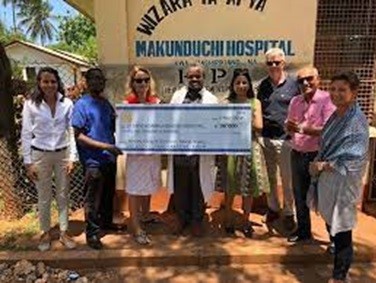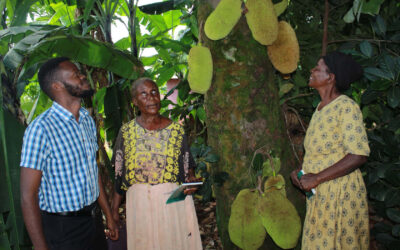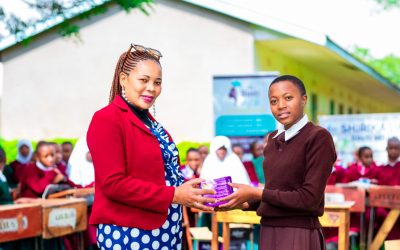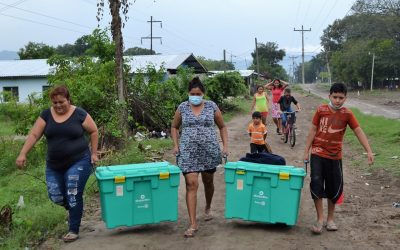To the visitor, Zanzibar is a group of dreamy coral islands off the east coast of Africa.
They have white sandy beaches sloping gently down to crystal clear water.
However, there are 1.3 million people living on the Islands with a surface area about a tenth the size of Wales. Most of these people exist on as little as £10 a week.
Although tourism is now responsible for a large part of the Spice Islands’ GDP, it only employs 30,000 people, about 2.5% of the population.
Tourists consume ten times more water than the locals and all but a few of the biggest hotels deposit their sewage into the sea or the land – a thin covering of soil over coral.
The small villages obtain water from wells, which are all becoming more contaminated from the lack of sewage treatment, increase in population and tourism.
The small villages obtain water from wells, which are all becoming more contaminated from the lack of sewage treatment, increase in population and tourism.”
That prompted Oadby Launde Rotary to forge a partnership with the Rotary club in Zanzibar, which already does much to help the islanders with numerous projects, clean water, education and agriculture.
The project to provide clean drinking water was financed from the UK, but controlled locally in Zanzibar.
A memorandum of understanding was set up between the Oadby Launde Rotary, Zanzibar Rotary and a local contractor. Kiss Solar Energy.
The object was to build a solar-powered pumping system to supply the village of Mpandeni with clean fresh water available at the turn of a tap at three locations in the village.


The Covid pandemic delayed things, but in October 2020, a water sample was drawn from a newly dug 20-metre well in Mpandeni.
This sample was taken to the Zanzibar Water Authority in Stone Town where it was certified as being of good quality.
Kiss Solar Energy then began work in March, and this was completed within a month.
This involved the installation of an electric pump to the bottom of the well, and setting up an array of solar panels to provide electricity, as well as laying out the inter-connecting pipework.
The completed water tower is capable of holding 1,100 gallons of water to serve the village.










